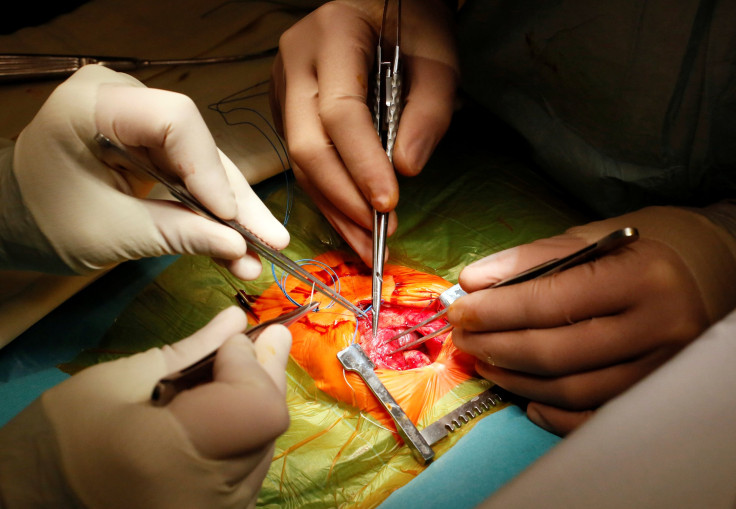Mending Broken Hearts: Tissue Regeneration In Mammals Holds Promise For Heart Disease Cure

Even as the rate of deaths caused by heart diseases fell by 20 percent from 1983 to 2011, cardiovascular ailments are still the leading cause of death in the United States, according to the Centers for Disease Control and Prevention. CDC data showed that one of every four deaths in the country was linked to heart disease, and that someone in the country suffers a heart attack every 42 seconds.
However, if a new “fishy” development goes the way researchers hope it will, we could have the means to fight many heart diseases.
Researchers from University of Pittsburgh extracted extracellular matrices (ECM refers to a collection of molecules outside cells that the cells produce; they provide structural and biochemical support to the surrounding cells) from zebrafish hearts and applied them to adult mice suffering from heart attacks. Researchers found that the mice's heart tissues regenerated and the heart returned to normal functionality.
“The heart beats as if nothing has happened to it. And our approach is really simple,” Yadong Wang, leader of the study, said in a statement, which defined ECM as “the architectural foundations of tissues and organs; not only do they provide a “scaffolding” on which cells can grow and migrate, they assist in the signaling necessary for the organ to develop, grow, or regenerate.”
Significantly, the zebrafish ECM were also found to offer stress-protection to specialized cells that make up the heart muscle in humans, called cardiac myocytes. This raises hope the method could be developed to treat heart diseases in humans.
Humans and other mammals lose the ability to regenerate the heart very soon after being born, while animals such as the zebrafish retain that ability throughout their lives. Zebrafish can repair or regenerate up to 20 percent of their heart completely within days.
Mice with damaged hearts that were injected with ECM showed restored functionality almost immediately, and the healing of damaged cells was noticeable within five days of injection. The improvement in mice was noticed when they were injected with ECM derived from both zebrafish with damaged hearts and those with healthy hearts, though ECM from the latter was found to be more potent.
Researchers now hope to test the same process in larger mammals.
A study detailing the experiment and its results was published in Science Advances under the title “Decellularized zebrafish cardiac extracellular matrix induces mammalian heart regeneration.”
© Copyright IBTimes 2024. All rights reserved.





















